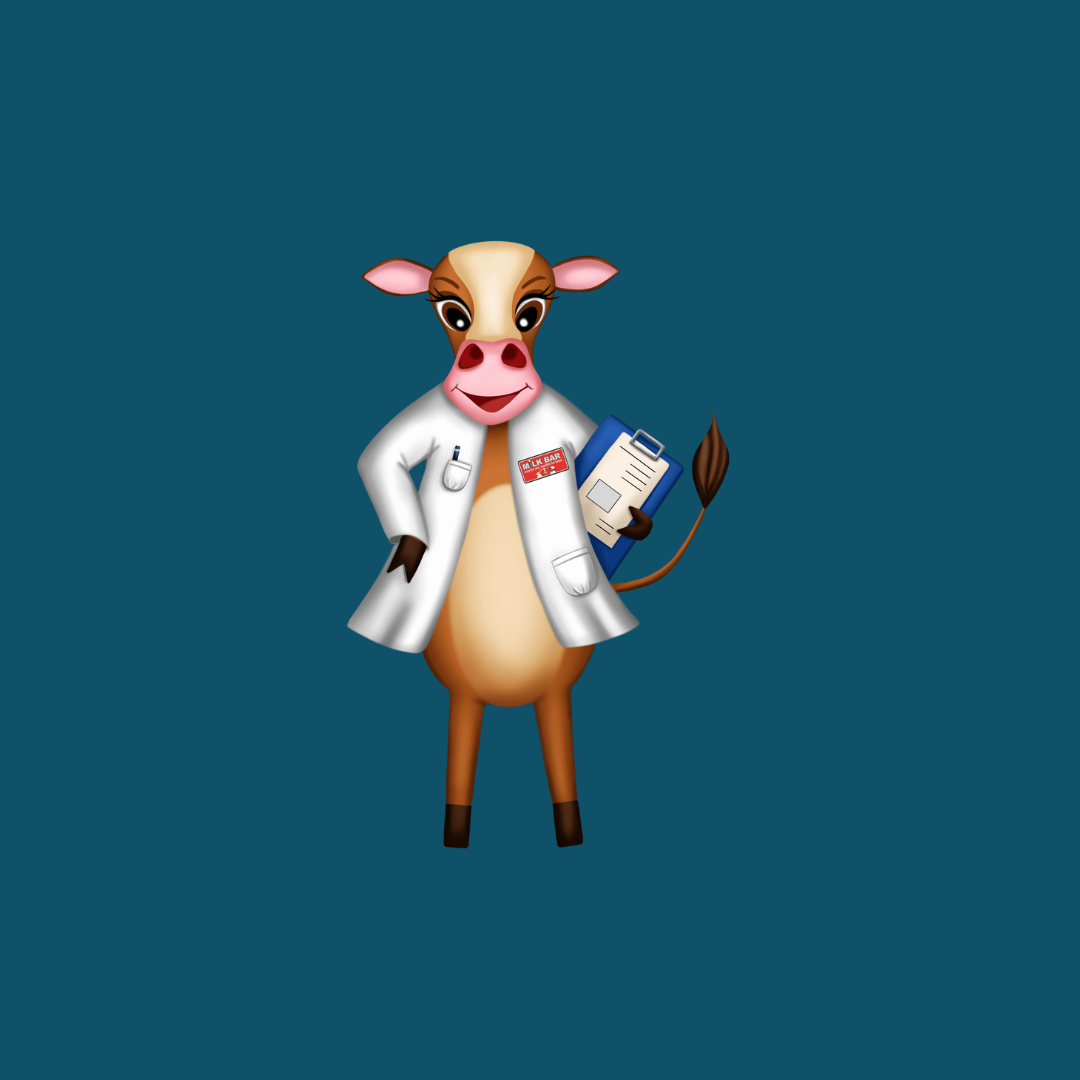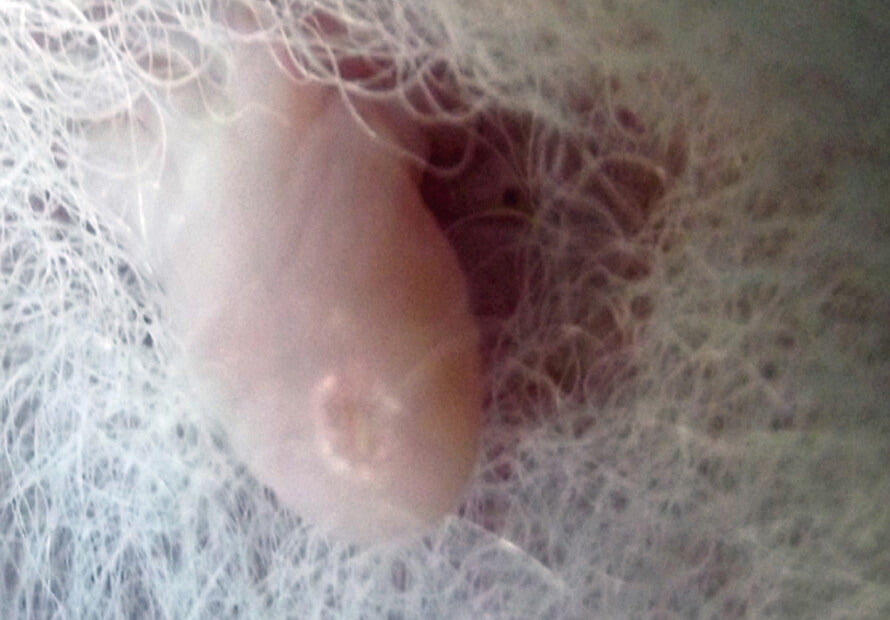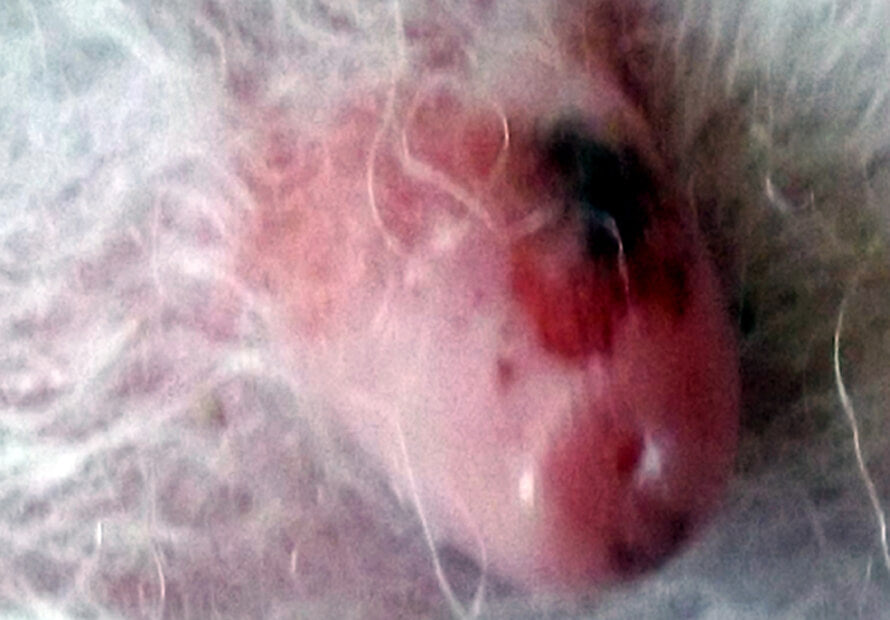
Why do calves cross suckle?

Cross-suckling is when calves suckle on each other or their surroundings after feeding. It’s worth taking the time to check after feeding for cross suckling as it can cause short term infections and long-term damage.
If you watch your calves after feeding you will see that the length of time they spend cross suckling is directly linked to the speed in which they drink.
Example: A calf fed 4L at ‘natures speed’ should take around 12 - 15 minutes to drink. After drinking she will be quiet and settled. Her suckling urge is satisfied, and she is content. If she drinks 4L in 8 minutes or less, then she will spend the next 4-5 minutes cross suckling to satisfy the natural suckling urge.
Why it’s a problem:
Short term problems like navel infections are a nuisance and take time and cost to treat.
We are more interested in the long-term damage because cross suckling removes the keratin plug and leaves the developing teat canal open to infections.
Cross-suckling is strongly linked to mastitis and blind quarters in first lactation heifers.
How to fix it:
Some ‘fixes’ include nasal rings, spraying toxic concoctions (please don’t spray homemade hot chilli, ouch!!) or tying flax to calves.
These old-fashioned remedies don’t address the underlying problem which is fast feeding.
Allowing calves to drink at the ‘natural speed’ resolves cross suckling almost immediately It really is that simple!
-
‘Calves suckling on each other can affect the development of the juvenile udder. This in conjunction with the transmission of mastitis pathogens is prone to lead to heifer mastitis’. Source - Schalm
-
‘Sucking the immature udder can lead to premature removal of the keratin plug, which protects the individual teats from infection, especially in heifers coming into first milk, as well as navel and skin infections'. Source - Jensen and Budde
-
‘During the trial, it was observed that group-housed calves fed the faster flow teats had a much greater incidence of hyperactivity immediately post feeding and were more likely to engage in non-nutritive sucking of each other’s body parts (including muzzle, navel and udder)'. Source - Journal of Applied Animal Nutrition
1
/
of
3

The Take-Home Message
The slower calves drink, the less they cross suckle. Using the Milk Bar™ Teat controls the flow of milk so calves drink at the right speed. The suckling urge is satisfied and after feeding they are content and settled.
-

Calves fed with Milk Bar Teats were settled and content after feeding.
Read the full document hereAll calves had healthy, undamaged teats and the keratin plug remains intact to protect the teat canal. Images taken from research published in the Journal of Applied Animal Nutrition.
-
 Read the full documentation here
Read the full documentation hereCalves fed from a faster flow teat cross-suckled vigorously after feeding.
Cross-suckling damage and loss of the keratin plug was common. - Images taken from research published in the Journal of Applied Animal Nutrition.
1
/
of
2


